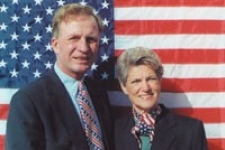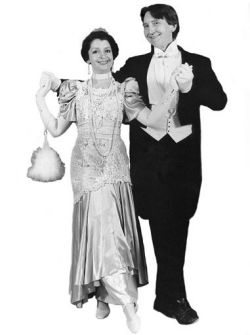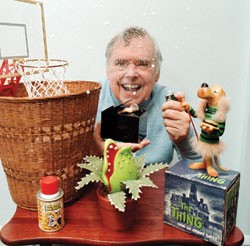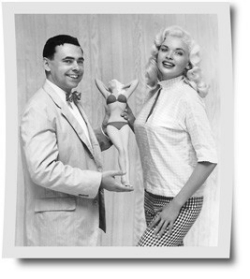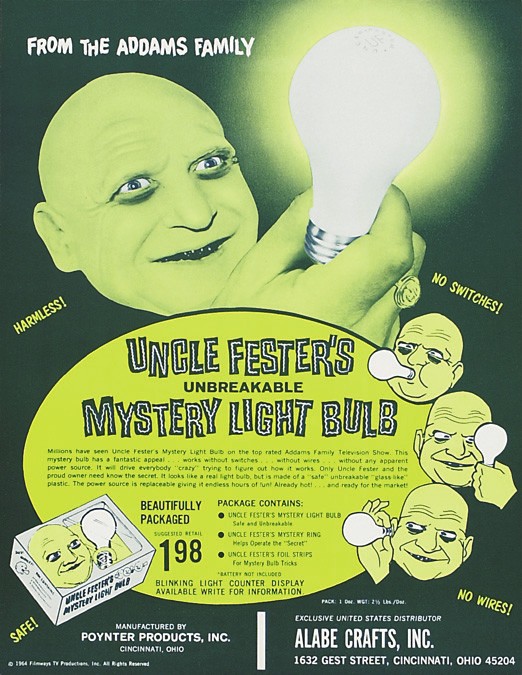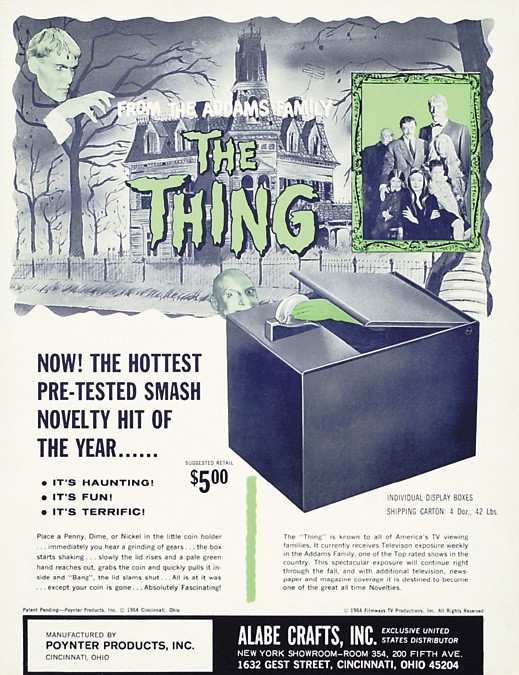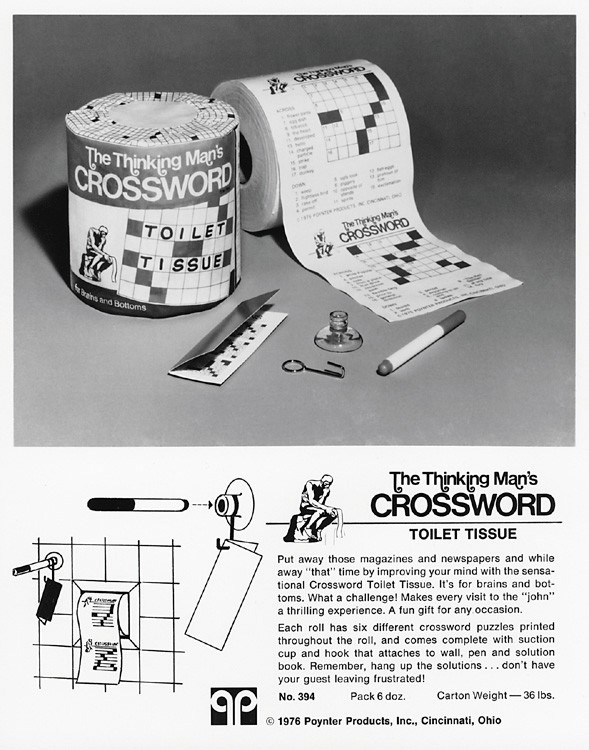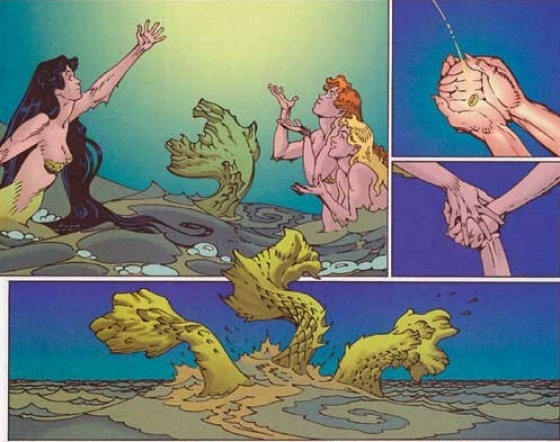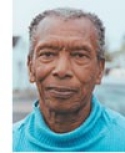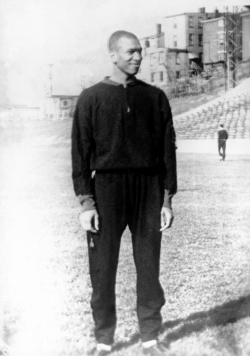How to win the game even if you're playing in the dark
by Dennis Wyant, PhD (Ed) '74, blind water skier, golfer, champion
Have a good sense of direction. I have some peripheral vision, but it's total darkness straight ahead. I've been to all 50 states and probably as many foreign countries by myself for my work. When I take groups on tours, I always get them back to where we started because I have a good sense of direction.
Be willing to change. It helps to be good at the sport before you lose your vision. I had always been a good water skier, so it didn't seem that difficult for me to continue. But when I started getting older and getting more injuries, my wife, Jane, encouraged me to switch to golf. I find it a harder sport, but I am enjoying it.
Find a coach. You have to have a coach to line you up at the tee and tell you where the ball went. If your coach is a better golfer than you are, he can also help by telling you what you're doing wrong. In golf, it's not usually your sight -- or lack of it -- that gets in the way. It's a lack of coordination, of getting everything together.
Follow the leaders. The way I was introduced to competitions is that I discovered other people doing it. When the Blinded Veterans Association had a golf tournament, we found other guys trying it, and some were fairly decent players. We figured that if they could do it, we could, too. It was the same in water skiing. The American Water Ski Association has a disabled skiers division with a very nice network.
Know where to draw the line. I ran in my first marathon last year -- and probably my last. Unfortunately, I was really sick with a sinus and lung infection at the time. For the last six miles, I was gasping for breath, but I was determined to finish. It turned out that my practice times in our neighborhood were better than my time in the real race.
A former Navy pilot, Dennis Wyant holds a black belt in karate, SCUBA certification and six USA Water Ski national championships among men with visual handicaps. He is one of two U.S. Blind Golf Team members selected to compete in this summer's World Blind Golf Championship, where he placed 12th in 2000 (and third in the British Blind Open that year). After losing his sight, Wyant earned his doctorate at UC under the GI Bill. He later served as the U.S. Department of Veterans Affairs' national director of the GI Bill program, as well as veterans vocational rehabilitation and counseling services. In '99, he retired as the U.S. Department of Labor's deputy assistant secretary of labor for veterans employment.
Links:
Wyant co-founded the Blinded American Veterans Foundation and has written articles about the U.S. Blind Golf Association.

 Past Issues
Past Issues